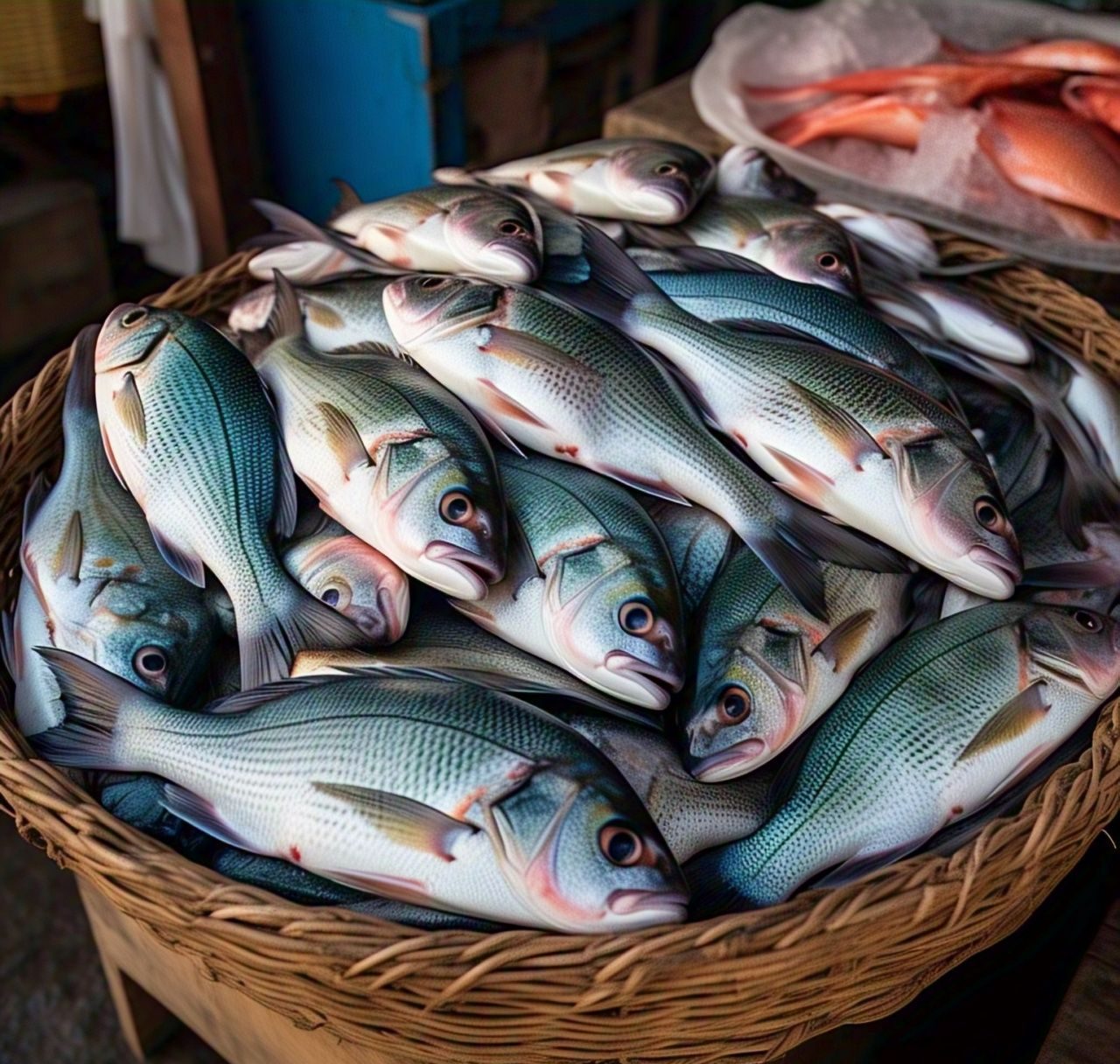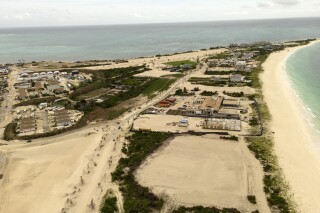A landmark 20-year study analyzing mercury levels in Caribbean seafood has identified fish from Dominica as the region’s safest, with the lowest concentrations of the toxic heavy metal, while revealing concerning contamination trends in other nations. The findings, drawn from over 1,600 samples collected between 2003 and 2023, underscore both progress and persistent risks in a region where seafood is a dietary staple.
Regional Disparities in Mercury Exposure
Led by Dr. Linroy Christian, Director of Analytical Services at Antigua and Barbuda’s Ministry of Agriculture, the research found stark contrasts across the Caribbean. Fish from Dominica consistently showed the lowest mercury levels, while samples from Guatemala and Honduras ranked highest. Antigua and Barbuda’s seafood fell midway on the spectrum.
“If you map mercury concentrations from Dominica to Honduras, it’s a story of extremes,” Dr. Christian said. “Dominica’s results are encouraging, but elevated levels elsewhere demand attention.” Approximately 55% of all samples tested fell within safe thresholds (below 0.46 micrograms of mercury per gram), but 26% exceeded this guideline—a level linked to potential neurological harm in vulnerable groups.
Health Implications and Regulatory Guidance
Mercury, a neurotoxin that accumulates in fish through industrial pollution and natural processes, poses significant risks to fetal and child development. While most fish contain trace amounts, species with higher concentrations—such as large predators like swordfish or shark—can endanger pregnant women, nursing parents, and young children.
The study reinforces warnings from the U.S. Food and Drug Administration (FDA) and Environmental Protection Agency (EPA), which advise these groups to avoid high-mercury seafood. “Awareness is critical,” Dr. Christian stressed. “Informed choices can mitigate risks without necessitating broad dietary restrictions.”
Dominica’s Success and Ongoing Challenges
Dominica’s low mercury levels may stem from its limited industrialization and robust environmental policies, including a national pledge to become the world’s first climate-resilient nation. However, the broader Caribbean data highlights uneven safeguards. The study calls for expanded monitoring, particularly in nations with rising contamination, to protect public health and fisheries-dependent economies.
While the findings celebrate Dominica’s seafood safety, they also sound an alarm: without regional collaboration to curb pollution and enforce guidelines, mercury’s threat to human and ecological health will persist.



